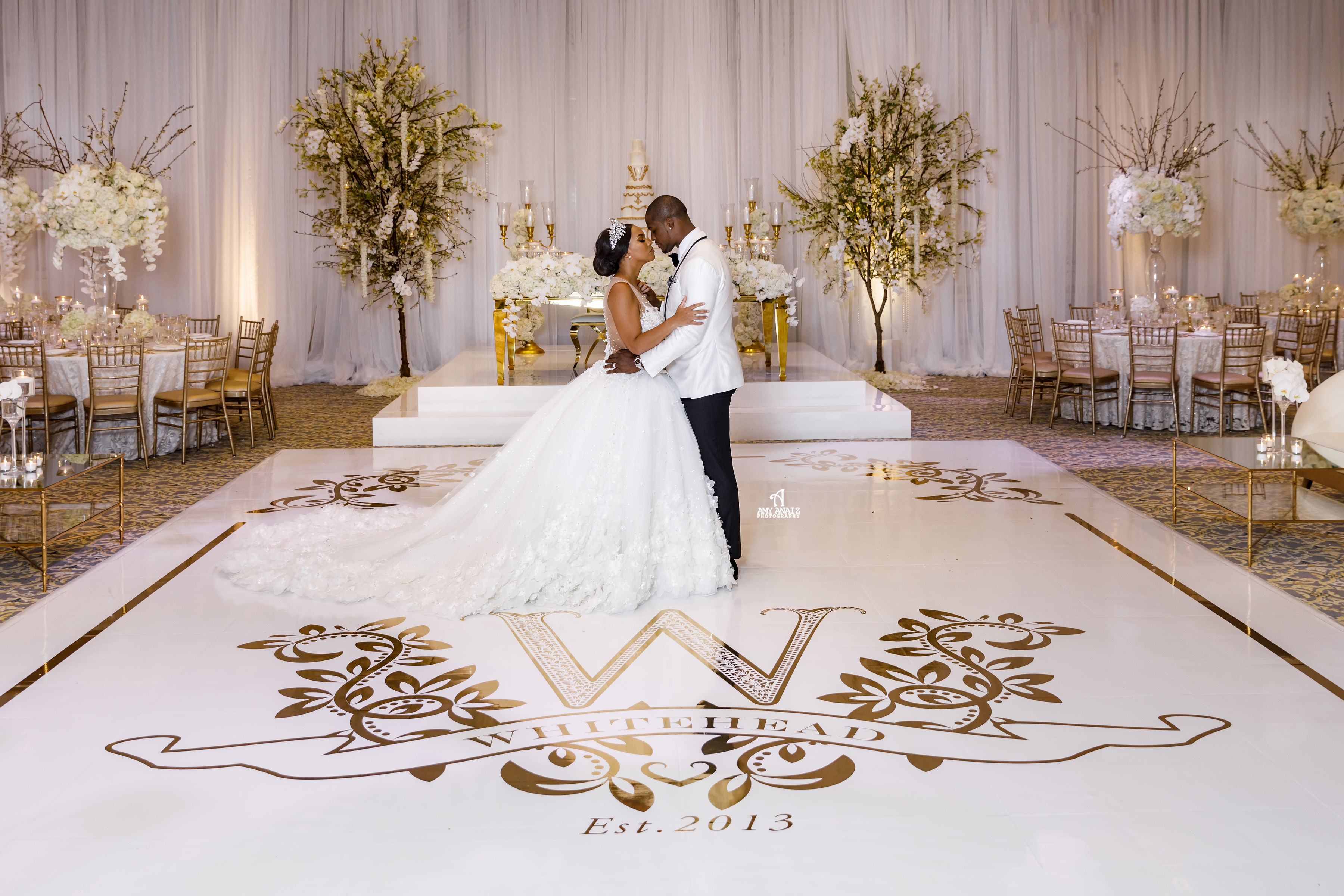Choosing the right materials for building a long-lasting and safe external performance surface is essential for guaranteeing an pleasurable experience. Exterior movement platforms must endure diverse climate elements while providing a stable surface for performers and attendees. Thus, it is important to consider factors such as material durability, safety features, and maintenance requirements when making selections. This article will examine several appropriate options and their benefits in designing an open-air dance floor.
One common choice for outdoor dance floors is timber. Lumber offers a traditional and warm aesthetic that many consider attractive. Solid woods like beech or ash are particularly preferred due to their strength and ability to absorb shock, which can protect dancers’ joints. Additionally, wood has natural slip-resistant qualities when treated correctly, minimizing the chance of injuries. However, preserving a timber dance floor requires routine coating and resurfacing to shield it from humidity and UV exposure, rendering it critical to account for the climate in which the floor will be installed.

Another practical option is composite materials, which combine natural fibers with plastic. These composites are designed to be resistant to moisture, mold, and fading from UV exposure. Composite dance floors provide durability comparable to conventional wood without the intensive maintenance. They are less susceptible to warping and cracking than wooden floors when subjected to extreme environmental conditions. In addition, composite materials often have built-in anti-slip features, making them a safer choice for open-air occasions.
For those looking for a more contemporary approach, modular tiles made of PVC or rubber are reliable alternatives. These tiles are designed for easy installation and can be rearranged or replaced as needed. The versatility of using interlocking tiles permits rapid assembly and breakdown, making them suitable for short-term dance venues or gatherings. Additionally, these materials provide cushioning that enhances comfort while dancing and reduces the likelihood of accidents resulting from falls. The sealed nature of PVC and rubber also inhibits water absorption, further prolonging the life of the flooring.
Finally, it is vital to consider the location and intended function of the outdoor dance floor when selecting components. For instance, if the dance floor will be situated in find more information a high-traffic area or exposed to inclement weather frequently, opting for durable surfaces that require low upkeep will be important. On the other hand, for less intense use or in more protected areas, less heavy materials may suffice. In any case, prioritizing safety features such as traction and shock absorption should remain at the forefront of planning.
To summarize, constructing a long-lasting and secure outdoor dance floor requires careful consideration of various materials suited for different environments and applications. Timber provides timeless aesthetics but demands consistent maintenance; composite materials balance appearance with durability; modular flooring offer adaptability and ease of use. Ultimately, understanding the unique requirements of the dance floor's intended use will guide material selection toward choosing the most suitable solution for an satisfying and safe dancing experience see here now outdoors.
Comments on “Choosing the Perfect Resources for Constructing a Durable and Protected External Dancing Platform”